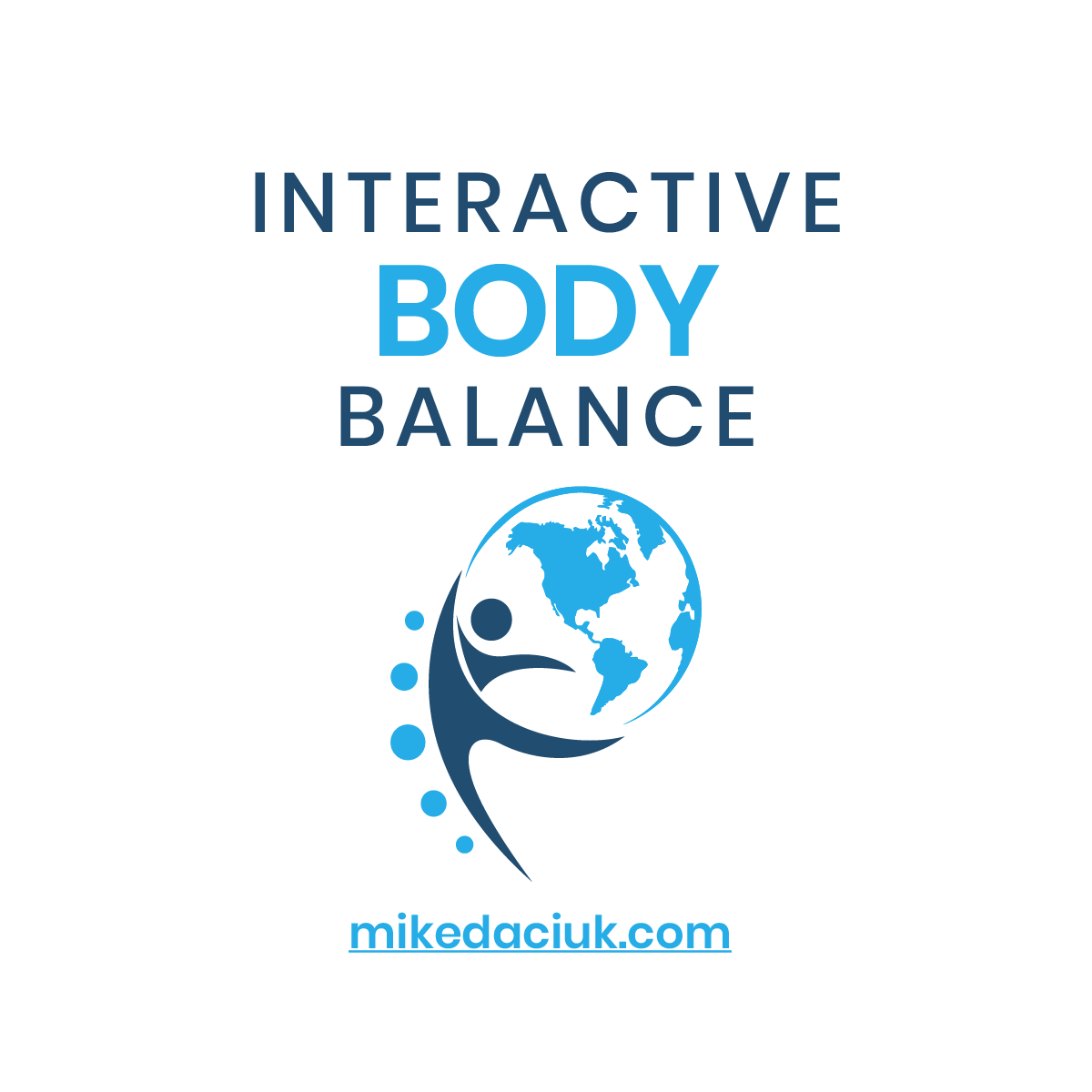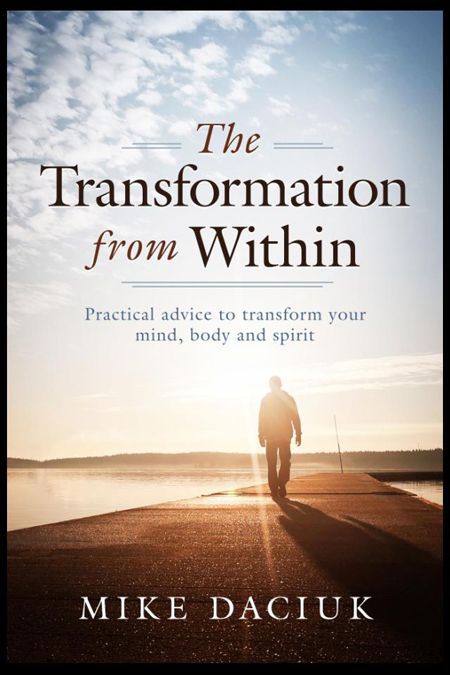7 All-Natural Treatments for Arthritis
There are currently a number of alternative treatment options available for osteoarthritis sufferers, ranging from supplements to acupuncture. Many people who formerly suffered with osteoarthritis claim to have finally found relief naturally through adjusting their diets, lifestyles and approaches to managing pain. Here are the top seven natural treatments for arthritis.
1. Reach and Maintain a Healthy Weight
Additional body fat strains joints, but accumulated fat itself can also cause problems to joints that are already sensitive and partially damaged. Fat does more than just sit on your body — it’s also an active tissue that creates and releases hormones and chemicals. Some of these promote inflammation and can contribute to worsening arthritis all over your body.
The University of Michigan School of Public Health reports, “Adipose tissue, once considered a passive storage portal of energy, is now recognized as a highly metabolic endocrine organ with the capacity to secrete active agents including adipocytokines, such as leptin, resistin and adiponectin. Over the past decade, interest in these adipocytokines has quickly become an area of intense study with respect to osteoarthritis based on evidence that they may play an important role in cartilage homeostasis and because of their emerging potential as therapeutic targets.” (2)
Case in point: Some overweight or obese patients have arthritis in parts of their bodies such as their hands, which obviously don’t support much extra body weight but are still impacted by the negative effects of inflammation. An increase in stored fat cells can speed up the rate at which joints break down, especially in people who have other risk factors for arthritis. This means it’s important to try and maintain a healthy weight by eating an unprocessed, nutrient-dense diet, reducing stress and staying active.
2. Improve Your Diet
Foods for helping treat arthritis include:
- Omega-3 foods: Omega-3s are powerful at lowering inflammation and also have other benefits. Wild-caught fish, including benefit-packed salmon, is your No. 1 food of choice. Other sources include grass-fed beef, flaxseeds, chia seeds and walnuts, which are all great choices.
- Foods high in sulfur: Sulfur contains a form of methylsulfonylmethane (MSM) that reduces joint inflammation and helps rebuild your tissues. MSM has been shown in studies to lower pain and function impairment compared to placebo-controlled groups. Sources include onions, garlic, asparagus and cabbage.
- Bone broth: Bone broth is one of the best natural sources of collagen, which contains the amino acids proline and glycine that help rebuild connective tissue and have many more benefits. Additionally, bone broth supples chondroitin sulphates and glucosamine, antioxidants that lower inflammation, arthritis and joint pain.
- High-antioxidant foods (especially fruits and vegetables): Colorful fruits and veggies are packed with antioxidants, vitamin C, vitamin A, fiber, magnesium, potassium, digestive enzymes and anti-inflammatory compounds. Some of the best sources include leafy greens, cruciferous veggies, berries, melon, papaya, avocado and pineapple.
- High-fiber foods: Fiber helps control your appetite, is beneficial for digestive health, and lowers risk for various other diseases and complications. The best high-fiber foods include vegetables, fruit, ancient grains, soaked legumes/beans, and nuts and seeds like flaxseeds, chia seeds and walnuts.
To help keep inflammation levels low, try to avoid these foods as part of a healing arthritis diet: excess sugar; hydrogenated oils (soybean oil, cottonseed oil, even canola oil); refined conventional grains like gluten, flour products and wheat products; and if you have an autoimmune disease then also nightshade vegetables like potatoes, eggplant and tomatoes.
3. Stay Active
People with arthritis tend to be less active than those without arthritis, likely due to the pain they feel when exercising and moving stiff body parts. However, physical activity is important for joint health and in the long run can actually help treat arthritis. Exercise is beneficial for strengthening the muscles around the affected joint, which provides added support and less strain.
Most experts consider movement an essential part of any arthritis treatment plan, even stating that it’s “the most effective non-drug treatment for reducing pain and improving movement in patients with osteoarthritis.” (3, 4) Regular activity has been shown to help lower inflammation, regulate hormones and can even help prevent unnecessary replacement surgeries.
Aim to do at least 150 minutes of moderate-intensity or 75 minutes of vigorous-intensity exercise every week. Exercises that are most appropriate for people with arthritis include:
- daily stretches for improved range of motion and flexibility
- brisk walking for cardiovascular and immune benefits
- aerobic exercises for building strength and endurance, including aquatic exercises, walking, jogging, bicycling, swimming or using the elliptical machine
- strength training using light weights, cables or your own bodyweight exercises for resistance
4. Get Chiropractic Care
Chiropractors are often able to alleviate some of the pain associated with osteoarthritis. The type of treatment you get depends directly on the acuteness and severity of your specific case of osteoarthritis. Chiropractic adjustments and treatments for arthritis can include manipulation (sometimes called osteopathic manipulation) in the neck or lower back, spinal manipulation, massage therapy, training in biofeeback, and relaxation therapies to help control pain. (5)
Similarly, studies have also found acupuncture to be helpful for reducing osteoarthritis pain. Medical schools and the Nathional Institutes of Health now recommend acupuncture as a natural treatment for low back pain and many other conditions, including osteoarthritis. (6) Many chiropractic offices offer several additional holistic services, including acupuncture, herbal treatment, massage therapy and nutrition.
5. Take Proteolytic Enzymes
Proteolytic enzymes aid in digestion by helping provide important enzymes that are normally produced by your digestive organs to metabolize foods. These enzymes can include trypsin and chymotrypsin (both produced by your pancreas), papain and bromelain. Proteolytic enzymes are obtained from things like tropical fruits, including papaya, which contains papain, and pineapples, which contain bromelain.
Proteolytic enzymes have been found to have anti-inflammatory effects because they improve overall gut health and immunity. Some research shows they can decrease pain and swelling associated with rheumatoid arthritis, increase mobility in people with osteoarthritis and fight infections by controlling inflammatory responses. (7) Doses vary depending on the kind of enzymes, but recommendations are usually around 500 milligrams to 2,000 milligrams taken three times a day between meals.
6. Consume Ginger and Turmeric
Ginger contains chemicals that may have analgesic and anti-inflammatory effects on the body. In research studies, ginger has been shown to lessen pain associated with arthritis and improve overall digestive/gut health. A 2005 report published in the Journal of Medicinal Foods stated that ginger extract derived from Zingiber officinale and Alpina galanga plant species inhibits the induction of several genes involved in the inflammatory response. These include genes encoding cytokines, chemokines and the inducible enzyme cyclooxygenase. (8)
More than 100 active components have been isolated from turmeric, including special substances found in turmeric’s volatile oils called turmerone, curcumin, demethoxycurcumin, 5′-methoxycurcumin and dihydrocurcumin. (9) The most active ingredient in turmeric is considered to be curcumin, which is known to be one of the most powerful natural anti-inflammatories there is. The anti-arthritic effects of turmeric include inhibition of joint inflammation, reduction in edema and/or swelling, and slowed periarticular joint destruction.
Turmeric has been researched in dozens of studies, many investigating its painkilling effects in relation to inflammatory conditions. One study conducted by Nirmala Medical Centre in India investigated the effects of turmeric supplements given to rheumatoid arthritis patients compared to use of conventional arthritis drugs (diclofenac sodium) or a combination of both together. The curcumin group showed the highest percentage of improvements overall, significantly better than the patients in the diclofenac sodium groups, and with practically no negative side effects. (10)
7. Use Boswellia Essential Oil (Frankincense)
Known as Indian frankincense, this potent supplement helps reduce inflammation.Boswellia can be found in several concentrated forms, including a therapeutic-grade oil that can be massaged directly into the skin over painful areas. Boswellia serrata extract is so powerful that today it’s considered comparable to NSAID pain relievers.
According to the Indian Journal of Pharmaceutical Science, bowellia/frankincense oil is capable of reducing arthritis pain through several mechanisms: supporting overall immune function, interfering with cytokine production that raises inflammation, delaying reactions to sensitivities, helping regulate lymphocytes (white blood cells) and T-cells interactions, and reducing autoimmune effects related to immunoglobulin G antibodies. (11)
Combine several drops of pure frankincense oil with a carrier oil like coconut oil, and apply to the painful joint area several times daily. Other beneficial essential oils for arthritis that can be used in similar ways include myrrh, turmeric, ginger, orange, peppermint and lavender oils.
What Are the Causes of Arthritis/Osteoarthritis?
Experts still don’t know of one concrete cause for all cases of degenerative joint diseases, including osteoarthritis. Rather, it’s believed that the cause of arthritis is multifactorial and depends on a combination of genetic and lifestyle factors. Some of the factors believed to contribute to arthritis/osteoarthritis most include:
- Genetic susceptibility: Arthritis is known to run in families, although having a family history isn’t a guarantee you’ll develop arthritis. The World Journal of Orthopedicsreports that the human leukocyte antigen region in the human genome is the most heterogeneous, and many diseases are known to be associated with this region, including arthritis. One theory linking genetics to arthritis is that people with osteoarthritis might have a genetic defect in the gene that controls the production of collagen. Collagen is important for making cartilage, so slowed production can lead to faster joint deterioration. Certain people might also have genes that result in slight malformations of bones and joints, leading to uneven cartilage and problems associated with how joints rub up against one another. (15)
- Weight: Being overweight or obese increases your risk because excess weight puts added pressure on your joints. Your hips and knees bear most of your body’s weight and are especially susceptible to added strain and stress. According to Arthritis Today, for every pound of weight you gain you put an additional four pounds of extra weight on your knees. While one in five Americans has been diagnosed with arthritis, according to the CDC)that number jumps to more than one in three among obese people. (16)
- Injury: Trauma or injury to joints trigger the process of cartilage loss and deterioration.
- Overuse: Repetitive movements for many years, overtraining or exercising without enough rest between workouts are risk factors.
- Infections: Examples of organisms that can infect joints are salmonella and shigella (food poisoning or contamination), chlamydia and gonorrhea (sexually transmitted diseases), and hepatitis C.
- Rheumatoid arthritis (RA): RA is an autoimmune disease that causes the immune system to attack the body’s own healthy joint tissue. This can be in reaction to gut-related problems (like leaky gut syndrome or food allergies) and other factors like high amounts of stress and toxicity.
- Other medical conditions: Having other health problems like diabetes or an autoimmune disorder can raise your risk for arthritis. Gout and metabolic problems like uric acid buildup also contribute to arthritis because they cause crystal-like particles to develop in the joints, resulting in sudden spikes of extreme joint pain.
Different forms of arthritis have different root causes. Rheumatoid arthritis and psoriatic arthritis are examples of “inflammatory arthritis,” also described as autoimmune arthritis. This occurs when the immune system generates internal inflammation to get rid of perceived threats (like an infection or allergy) and mistakenly causes joint erosion and sometimes organ damage. These forms of arthritis are especially important to treat as early on as possible, since tissue damage can be hard to reverse once it sets in. Inflammatory arthritis is believed to be highly tied to gut health, which means a healthy diet is key for recovery.
Conventional Treatments for Arthritis
The most common type of treatment for arthritis is pharmaceutical drugs. Those that are most often prescribed to manage osteoarthritis are analgesics. These drugs are used totreat only the pain, but not also inflammation or the underlying causes of arthritis.
Four common prescription analgesics used to treat osteoarthritis pain include:
- Percocet
- Darvocet
- Oxycontin
- Duragesic
Not only do these drugs pose many potential side effects, but they can also be very addicting. The FDA requires a label warning of risks associated with these prescriptions, including heart attack, stroke and stomach bleeding. These strong pain relievers contain narcotics that lower pain by blocking receptors on nerve cells but don’t treat inflammation and have high rates of dependency. (17)



